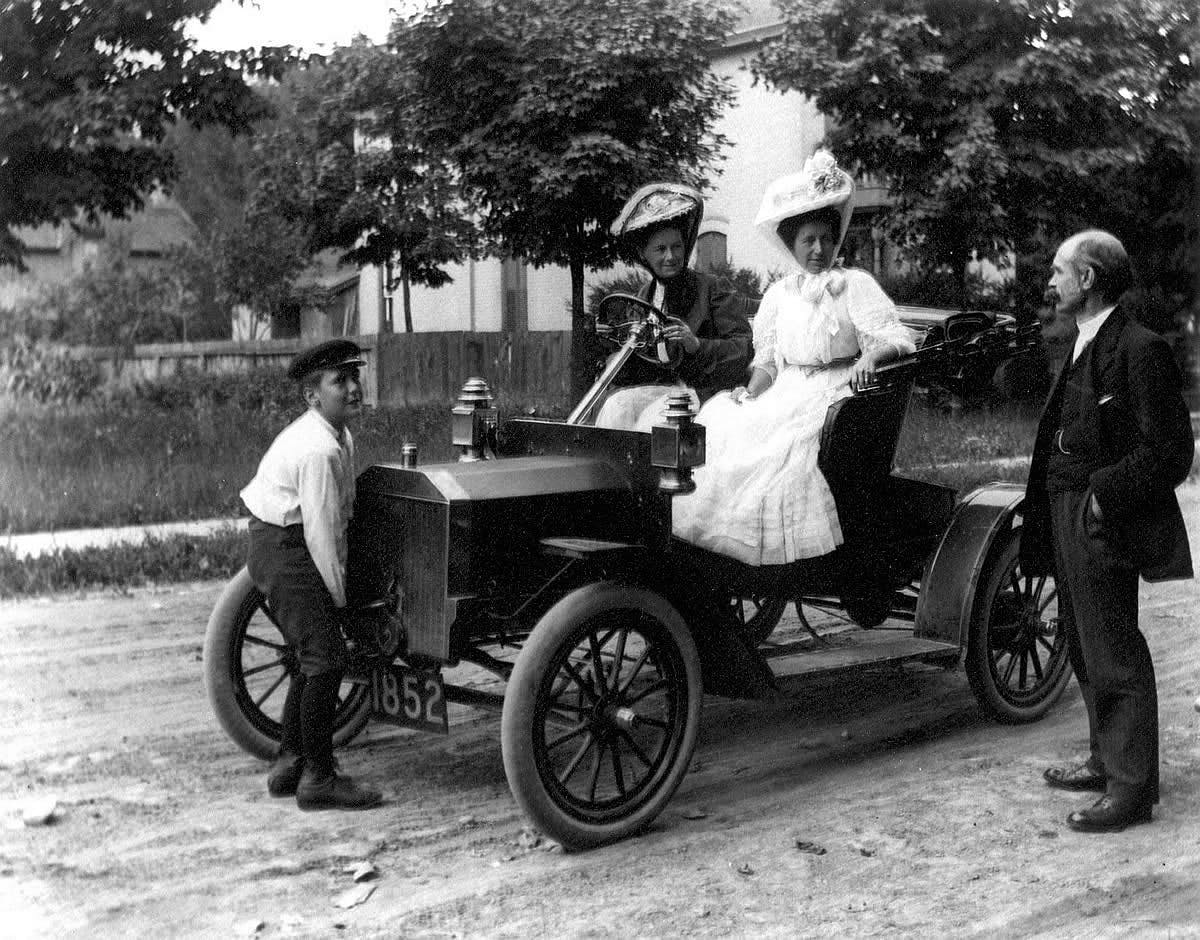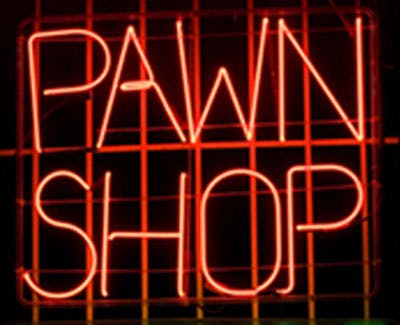In Defense of Jay Feaster…Sort Of
By RexLibris
11 years ago
Henry Ford once said that customers were free to buy a car in any colour they wanted – so long as it was black.
This approach to buyer’s choice is somewhat analogous to the options faced by Jay Feaster in the Iginla trade. There was really only one option in the end and Feaster had be content with it, because Ray Shero wasn’t going to offer more than he felt he had to and Jarome Iginla had made the decision that he wanted to go to Pittsburgh.
Iginla was a highly-coveted asset by several teams, reportedly Chicago, Los Angeles, Boston and Pittsburgh. He had a No Trade Clause on his contract and from the very beginning no trade was going to happen unless Jarome Iginla wanted it to. Iginla was also the most valuable asset the Flames have had to trade in a generation, the fan sentiment ran deep and the clock was ticking. Bruce Arther has an article up recently outlining some of the drama here.
Hands Tied

Jay Feaster was never really in a position of strength. In fact, he was quickly relegated to the role of facilitator, a match-maker just trying to get the two parties together and taking a small commission fee for his effort.
Opposing GMs knew this and they knew that if they were in negotiations that it was likely that Iginla had okay’d a trade to their desitination, thereby limiting the number of open buyers.
Kent had a good article up prior to the trade that outlined the potential trade packages of those teams according to their local media members. Faced with that, and the impending unrestricted free agent Iginla would become this July, no GM appeared willing to offer up the proverbial king’s ransom Feaster had requested (reportedly a 1st round pick, a roster player and a good prospect). Instead the best offer reportedly came from the Bruins – that being Khokhlachev, Bartkowski and a 1st round draft pick that Chiarelli later confirmed was guaranteed and not conditional.
All in all, that wouldn’t be that bad a return when weighed against the eventual winner’s bid.
Hanowski, Agostino and a 1st round pick became the return for Iginla and the Flames book of genesis geneologies (Nilsson begat Nieuwendyk who begat Iginla…) has likely stopped at Jarome.
Feaster has an underwhelming track record in trading assets, and it should be remembered that he never really had the upper hand in these trade negotiations at any point. He had to trade the most important Flame in franchise history, everybody knew it, and the player decided which team he wanted to go to. There are no gentleman’s rules in NHL management anymore. Ray Shero knew he could get Iginla at a low cost to his team and he refused to overpay.
Feaster is now left trying to sell off the remaining assets of the Flames who can undoubtedly see the writing on the wall and know that a rebuild is coming, in spite of what Feaster or anyone else in management says to the contrary.
Take ’em To the Pawn Shop

Those assets include Michael Cammalleri, Jay Bouwmeester, Miikka Kiprusoff and perhaps even Alex Tanguay. With the exception of Bouwmeester (on account of age, an extra year remaining on his contract and the paucity of top defensemen available by trade) they are all of lesser value than Iginla. Three have clauses that limit their trade options and the fourth (Kipper) has, for all intents and purposes, put an ad hoc one into place.
Feaster and John Weisbrod have also been adamant that they will not pursue a traditional rebuild and as such are likely to place a priority on receiving prospects or roster players in trade returns over draft picks. This isn’t to say that picks won’t be included or requested, but rather that the majority of their focus in requesting assets will be spent on warm bodies coming back.
A draft pick is something of a nebulous asset to many GMs at this time of year because the value is delayed relative to real player assets, and as such can have a diminished value to a buying team outside of a top-5 pick (which are almost never dealt). A player or prospect is someone into whom a team has invested time and energy, and who may be useful for a playoff run and therefore may be held at a premium at the trade deadline.
If Jay Feaster attempts to trade Jay Bouwmeester he is immediately behind the proveribal 8-ball. Bouwmeester has a prohibitive cap hit for next year, when the cap is set to drop. Bouwmeester also has a NTC, so any interested GM will know that Feaster is in a position of weakness and will attempt to exploit it.
This isn’t to say that Feaster is going to sell off the remainder of the Flames tradeable assets this season and get routinely taken to the woodshed, but instead one needs to recognize that the Iginla deal may be a benchmark of achievable player values for this season. Bouwmeester may be worth more by trade, but it is unlikely to be to such an extent as to make the Iginla trade any more palatable.
In order to maximise the return on a player like Jay Bouwmeester the Flames would be best to get him to waive his NTC to a number of teams in advance, agree to retain up to 50% of the salary cap hit for this season and next, and then prioritize the asset types for return. Focus on one type of asset, be it picks or prospects, and limit the range of return in order to attain the greater quality. The Flames need to make Bouwmeester the most desireable asset on the market for the teams feeling the pressure to keep pace with the Penguins.
I’m not going to go into specifics about what the returns for these players could be. Prior to Wednesday I would never have guessed that Iginla would be moved for the package Feaster received. But I do think that there are times to move players, and this may not be the best time to shop players like Cammalleri, Bouwmeester or others.
The blood is in the water around the Flames. Feaster would be best served to be patient at this point and let the scales balance out a little more in his favour.
Recent articles from RexLibris





